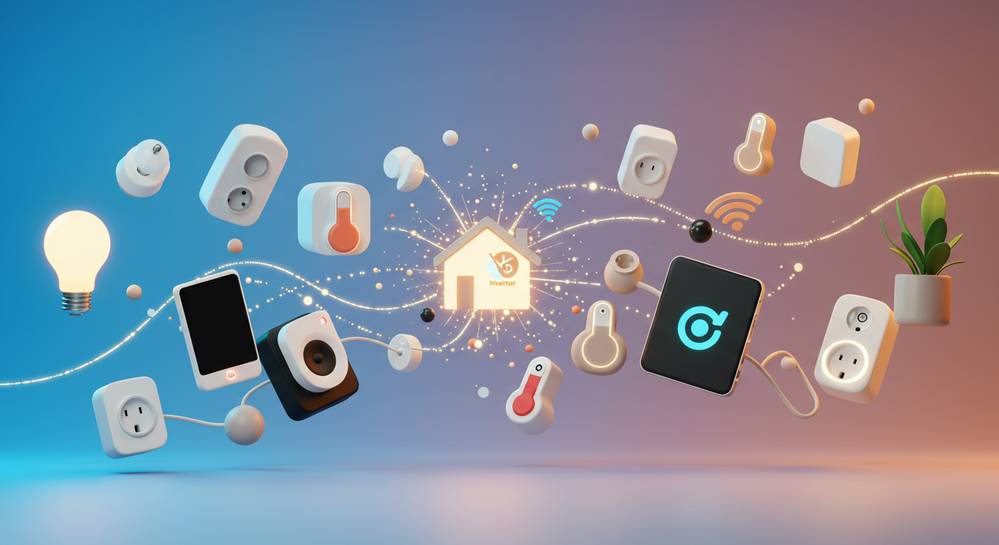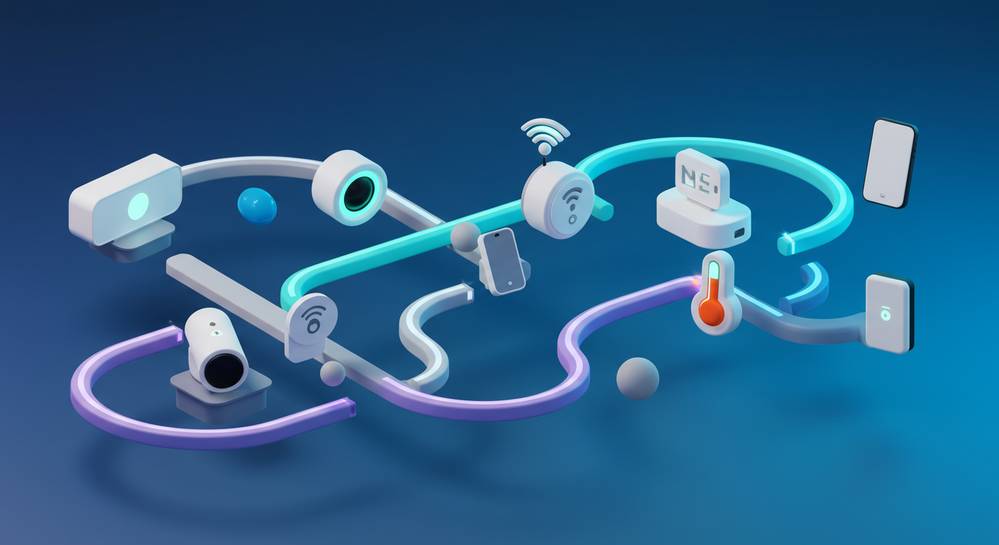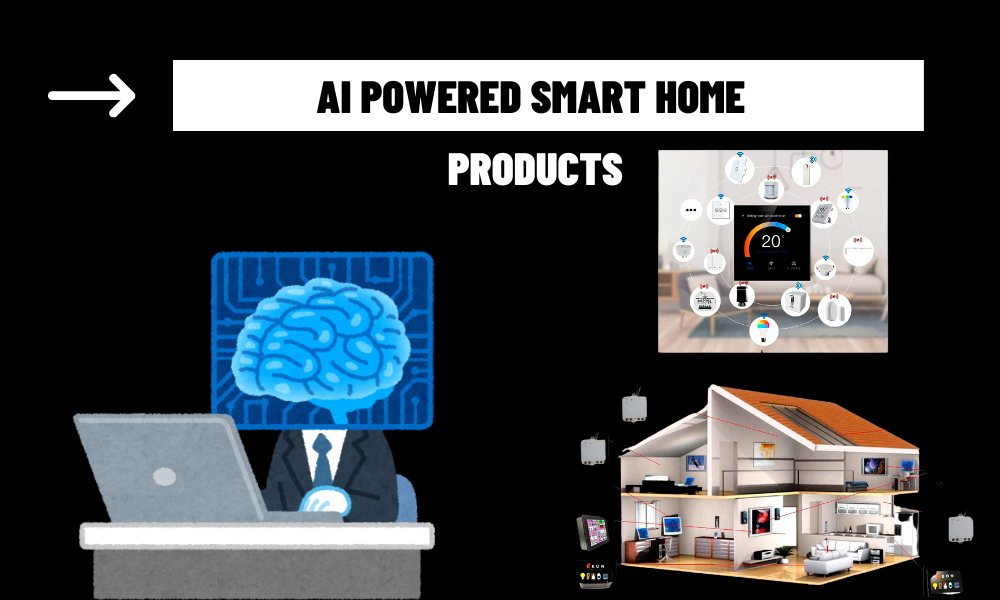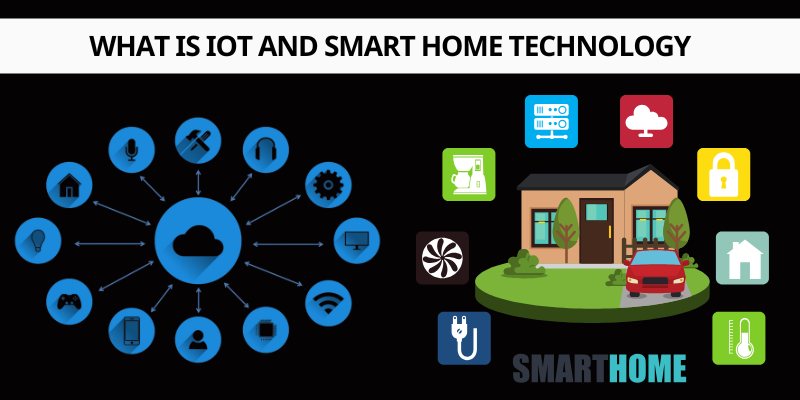In the rapidly evolving world of connected living, the phrase smart home device standards has become increasingly critical. For many, the allure of a seamlessly integrated smart home is often met with the frustration of incompatible gadgets and complex setups. Understanding the underlying technologies that enable devices to communicate is not just about technical knowledge; it is about unlocking the true potential of your smart ecosystem. This guide delves into the essential standards, their impact on interoperability, and how they are shaping the future of effortless smart living.
Contents
The Fragmentation Challenge in Smart Homes
The promise of a truly interconnected smart home often clashes with a fragmented reality. Early adoption of smart technology brought a myriad of devices, each operating on its own specific language or ecosystem. This siloed approach led to compatibility headaches, where a sensor from one brand might not communicate with a hub from another, hindering the seamless experience users desired. Understanding this fragmentation is the first step toward appreciating the critical role of robust smart home integration standards.
- Proprietary protocols often locked users into single brands.
- Limited interoperability created complex setups and reduced flexibility.
- The user experience suffered from disjointed control and management.
The Imperative for Smart Home Device Standards
The lack of universal smart home device standards has historically plagued the industry. Consumers faced frustrating compatibility issues, often needing multiple apps or hubs to manage their diverse devices. This ecosystem lock-in stifled innovation and user adoption, making smart homes less appealing than their potential suggested.
Achieving true interoperability requires a common language for devices from different manufacturers. These unified standards are essential for creating seamless user experiences and unlocking the full potential of connected living. Industry efforts are now converging to address these long-standing challenges head-on.
Key Smart Home Communication Protocols

At the core of smart home functionality are various communication protocols, each with unique strengths. These wireless technologies dictate how devices talk to each other and your central hub. Understanding these diverse smart home device standards is crucial for building an efficient, interconnected system.
Wi-Fi
Ubiquitous Wi-Fi suits devices needing high bandwidth, like streaming security cameras. It leverages existing home networks effectively. However, Wi-Fi is power-intensive, making it less ideal for battery-operated gadgets and contributing to higher energy use.
Bluetooth
Bluetooth excels for short-range, low-power connections in personal smart devices. Its mesh networking, Bluetooth Mesh, is expanding for broader smart home applications. This evolution enhances reliability for devices adhering to these evolving smart home device standards.
Zigbee and Z-Wave
These protocols are purpose-built for smart homes, offering robust mesh networking to extend range and reliability. Z-Wave uses 908.42 MHz (North America), while Zigbee uses 2.4 GHz globally. Both are known for low power consumption, ideal for sensors and IoT in home automation devices.
The Rise of Unified Standards: Matter and Thread

Recognizing the need for greater interoperability, the industry has rallied behind unified initiatives like Matter and Thread. These represent a significant shift in smart home device standards, aiming to simplify the fragmented smart home landscape.
Matter: The Universal Smart Home Language
Matter, developed by the Connectivity Standards Alliance (CSA), is an open-source connectivity standard. It enables smart home devices from various brands to communicate seamlessly, directly addressing fragmentation. Running over existing IP-based technologies like Wi-Fi, Ethernet, and Thread, Matter acts as an application layer. This ensures higher-level device compatibility, simplifying setup and enhancing security. It truly promises universal compatibility, setting new smart home device standards. For a deeper dive, explore undefined.
Thread: The IP-based Mesh Network for Smart Homes
Thread is an IP-based wireless mesh networking protocol, specifically designed for low-power IoT devices. Unlike older protocols, Thread allows devices to connect directly to the internet via an IP address, removing the need for proprietary gateways. It forms a self-healing mesh network, extending range and boosting reliability. Thread serves as a foundational building block for Matter, providing an efficient communication layer for many new smart home device standards.

The ongoing evolution of undefined and the adoption of unified smart home device standards like Matter are reshaping connected living. For consumers, this means a more straightforward experience, less worry about compatibility, and greater choice in devices.
- Simplified Ecosystems: A single standard reduces the need for multiple apps and hubs, streamlining control.
- Enhanced User Experience: Devices will connect and operate more reliably across brands.
- Future-Proofing Your Home: Investing in devices compliant with newer smart home device standards helps ensure long-term compatibility and value.
As the smart home market matures, these standards will continue to evolve, driving innovation. They will make smart living more accessible and efficient for everyone. When selecting new devices, prioritize those that adhere to recognized open standards to ensure a cohesive and truly future-ready smart home.
The journey towards truly smart homes hinges on robust, unified standards. From tackling early fragmentation to embracing cutting-edge protocols like Matter and Thread, the industry is steadily moving towards a future where all your devices speak the same language. This not only simplifies setup and enhances reliability but also empowers you to build a personalized, truly connected living space without limitations. Stay ahead of the curve and explore more innovations at Dwelling Tech Trends.


